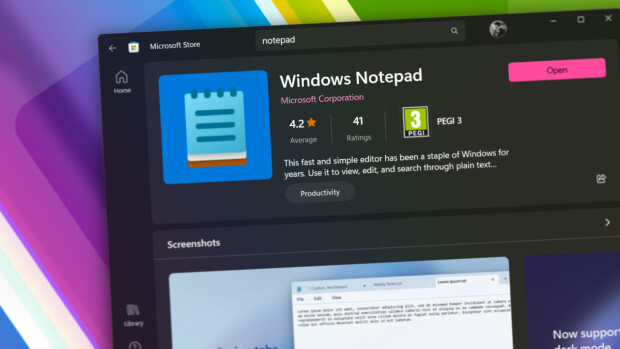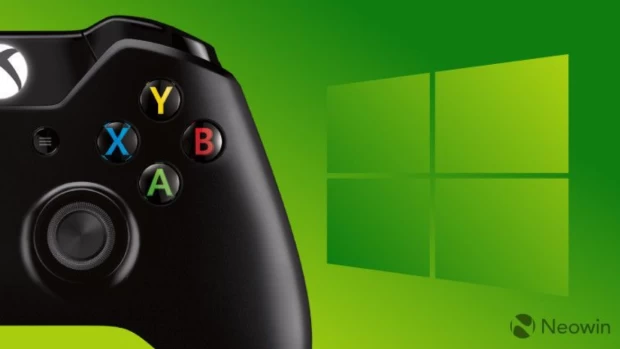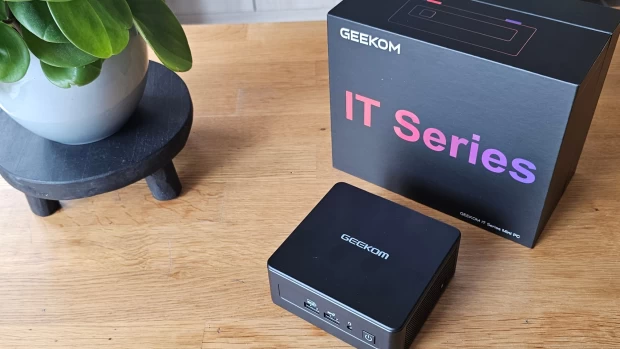
Intel Corporation, the semiconductor manufacturing behemoth, has begun shipments of the first 10nm Agilex field programmable gate arrays (FPGAs), which deliver increased performance at lower power consumption in compute-intensive environments, to participants of the early access program. Intel claims that its early access customers, which include, Microsoft, Colorado Engineering Inc., and Silicom, hope to use the new Agilex FPGAs in the fields of networking and data analytics.
Doug Burger, who is a technical fellow at Azure Hardware Systems at Microsoft, commented on his company's work using the Intel Agilex FGPAs:
Microsoft has been working closely with Intel on the development of their Intel Agilex FPGAs and we are planning to use them in a number of upcoming projects. Intel FPGAs have provided tremendous value for us for accelerating real-time AI, networking and other applications/infrastructure across Azure Cloud Services, Bing and other data center services. We look forward to continued collaboration with Intel to deliver high-quality cloud services, big data analytics and ultra-intelligent web search results for our customers.
FGPAs are becoming increasingly relevant in today's world that is at the helm of 5G; lower latency, faster connectivity, and increased throughput are more or less pre-requisites for many networking and computational environments. To this end, Intel Agilex has leveraged a heterogeneous 3D system-in-package (SiP) technology coupled with the company's second-generation Intel Hyperflex FPGA Architecture to optimize power, memory, and performance in compute-intensive applications.
More specifically, Intel has released the following list of innovations made possible with the technology:
- Compute Express Link: Industry’s first FPGA to support upcoming Compute Express Link (CXL), a cache and memory coherent interconnect to future Intel® Xeon® Scalable processors.
- 2nd-generation HyperFlex architecture: Up to 40% higher performance or up to 40% lower total power compared with Intel® Stratix® 10 FPGAs.
- DSP innovation: Only FPGA supporting hardened BFLOAT16, with up to 40 teraflops of digital signal processor (DSP) performance (FP16).
- Peripheral component interconnect express (PCIe) Gen 5: The ability to scale for higher bandwidth compared with PCIe Gen 4.
- Transceiver data rates: Support up to 112 Gbps data rates for high-speed networking requirements for 400GE and beyond.
- Advanced memory: Support for current DDR4, and upcoming DDR5, HBM, and Intel® Optane™ DC persistent memory.
Currently, Intel has three variants in the family of its Agilex FGPAs and SoCs (system on a chip)—F-Series, I-Series, and M-Series—out of which the M-Series will be coming out soon. Moreover, Intel claims that the Intel Quartus Prime Design Software best configures and harnesses the FGPAs' potential. You can read more about the technology here.




















3 Comments - Add comment